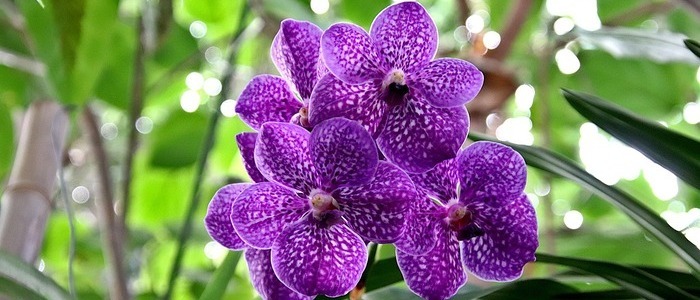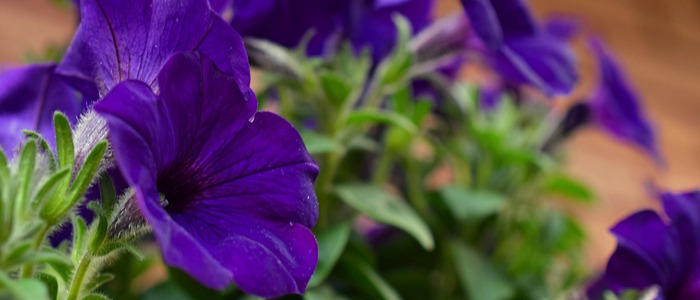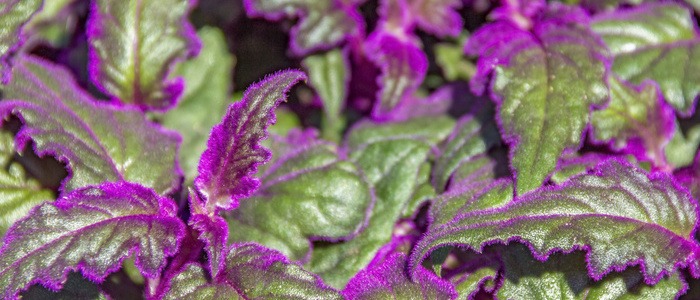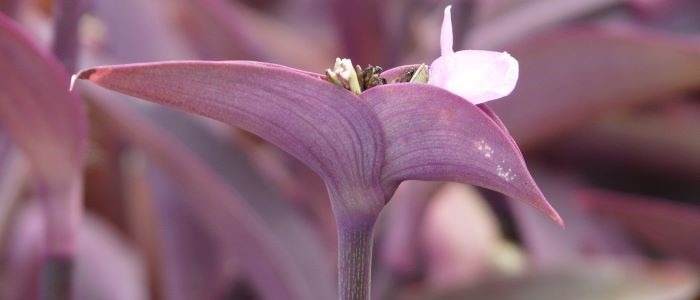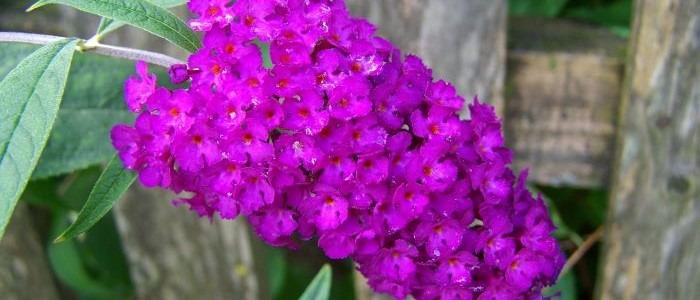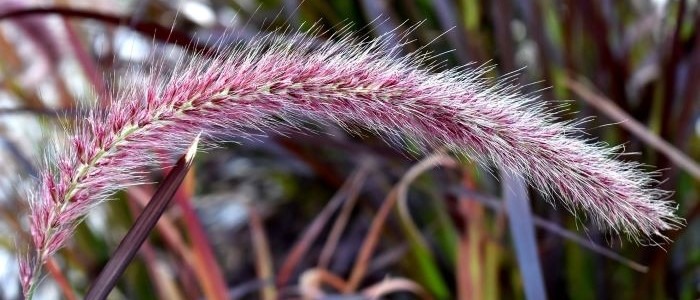Welcome to our article about the lovely purple pansy plant! Here, you’ll learn all there is to know about this adored flower. From its history and care tips to fun facts and creative ways to use them in your home or garden, we have it all covered!
Whether you’re a seasoned gardener or just starting out, you’ll find something here to help you on your way to growing beautiful purple pansies. So, grab a cup of tea and let’s get started!
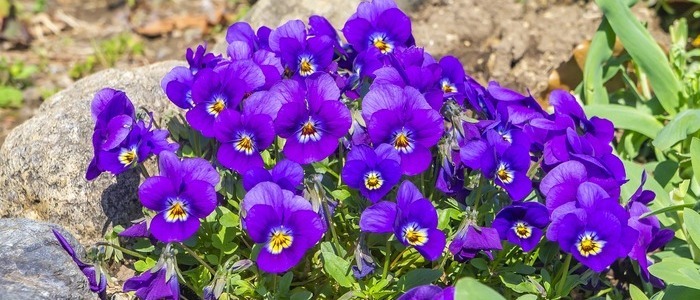
Purple Pansy Plant Frequently Asked Questions
Are purple pansies indoor or outdoor plants?
Purple pansies are versatile plants that can thrive both indoors and outdoors. However, they are typically grown as outdoor plants and are often used to add color to garden beds, borders, and containers. Outdoor pansies prefer cool temperatures and can withstand frost, making them a popular choice for fall and early spring plantings. On the other hand, indoor pansies require bright, indirect light and moderate temperatures to thrive. They can be grown in containers on windowsills or in other areas of the home that receive adequate light.
Is the purple pansy a good plant for hanging baskets?
Yes, the purple pansy is a great plant for hanging baskets, as it has a trailing habit and produces a profusion of colorful flowers. When planting pansies in hanging baskets, it is important to use a well-draining potting mix and to ensure that the basket has adequate drainage holes. Hanging baskets should also be watered more frequently than container plants, as they tend to dry out more quickly.
Caring for Your Purple Pansy Plant
Are you the proud new owner of a purple pansy plant? Congratulations! You’ve just started down the path to becoming an amazing plant parent. To keep your beautiful blooms singing, here are our top tips for taking the best possible care of your purple pansy plant:
1. Water – One of the most important elements for your purple pansy plant is water. Remember to keep the soil moist at all times, but don’t over-water it either! Aim for about an inch of water per week and test the soil with your fingers before tending to your plant.
2. Light – Purple pansies need plenty of direct sunlight to stay healthy and thrive. Place your plant in a sunny spot, preferably near a window that receives at least four hours of sunlight a day.
3. Fertilizer – Be sure to feed your purple pansy every two weeks with a water-soluble fertilizer or compost tea made specifically for blooming plants. This will help encourage its vibrant blooms.
4. Pruning – To keep your purple pansy looking its best, trim off any dead or wilted petals and leaves on a regular basis. This will also help stimulate new growth and prevent disease from spreading throughout the plant.
5. Repotting – As your purple pansy grows, it may need to be repotted into a larger pot. When this happens, be sure to use fresh soil and a container with sufficient drainage holes.
Caring for your purple pansy doesn’t have to be difficult if you follow these tips! With the right amount of love and attention, your plant will flourish and bring plenty of joy to your home. Enjoy!
Methods of Propagating the Purple Pansy Plant
Propagating the purple trailing pansies plant is an exciting way to get more of this beautiful flowering plant for your garden. There are several different methods you can use to propagate these plants, each with its own advantages and disadvantages.
One of the easiest ways to propagate pansies is through stem cuttings. To do this, simply take a cutting from an existing plant that has multiple nodes (the points where leaves sprout from the stem). Trim off any lower leaves on the cutting and place it in potting soil. You can use rooting hormone to help encourage root growth or just let nature take its course. Keep the soil moist and provide plenty of indirect light. After a few weeks, your cutting should begin to develop roots and you can transplant it into the garden or larger pot.
If you want to propagate pansies quickly, try using division. This technique gives you multiple plants from a single one and works best with clump-forming varieties of pansies. Carefully dig up the entire plant and divide the clumps into separate pieces, making sure each piece has a healthy root system. Then transplant them as you would any other new plant.
Planting seed is also an option for propagating pansies. You can use either fresh or dried seed, depending on what’s available to you. Plant the seeds in well-draining potting soil and keep them lightly moist and in a warm spot with indirect light. Soon enough, you’ll begin to see seedlings sprouting up.
Finally, pansies can also be propagated through layering. This is a technique where you bend a stem down close to the soil and bury the lower section of the stem. Roots will develop from this part of the plant and can then be cut off to create a new plant.
No matter what method you choose, propagating pansies is an easy and cost-effective way to add more beauty to your garden!
Tips for Pruning the Purple Pansy Plant
If you are lucky enough to have a Purple Pansy Plant in your garden, then you know how beautiful and unique they can be. Pruning your plant is an important part of keeping it healthy and looking its best. Here are some tips for pruning your Purple Pansy Plant:
1. Make sure to prune in the winter or early spring before new growth appears. This will help promote healthy growth in the upcoming growing season.
2. Start by removing dead or diseased stems and leaves to prevent any issues from spreading to other parts of the plant.
3. Trim back overgrown stems so that no one stem is too long. This will help the plant to spread out and create a fuller look.
4. Thin out areas of dense growth so that sunlight can reach all parts of the plant evenly.
5. Cut stems back to a few inches above ground level, but make sure not to cut too close as this could damage the root system.
Following these tips will help keep your Purple Pansy Plant looking its best for many years to come. Happy pruning!
Common Problems and Pests that Can Affect Purple Pansy Plant
There are a number of pests and diseases that unfortunately are a problem for Purple Pansy Plants. Some of these pests include aphids, spider mites, thrips, mealybugs, scale insects, and whiteflies. These insects feed on the foliage of the plant and can stunt their growth or cause leaf damage. To prevent infestation, it’s important to keep the plant clean and monitor it regularly.
On the other hand, diseases that can affect Purple Pansy Plants include powdery mildew, black spot, rust, and downy mildew. These diseases are caused by fungi and can cause damage to the leaves, stems, and flowers of the plant. To prevent the spread of disease, it’s important to remove any infected parts of the plant and treat it with an appropriate fungicide.
In addition, purple pansy plants are also susceptible to root rot, which is caused by poor drainage and over-watering. To help prevent this problem, it’s important to ensure that the soil is well-draining and that the plant doesn’t get overly wet. Additionally, you should make sure to fertilize your plant on a regular basis to give it the nutrients it needs to stay healthy.
By taking preventative measures, you can help ensure that your Purple Pansy Plant stays free from pests and diseases. Regularly inspecting your plant, keeping it clean, and providing the right environment can go a long way in protecting it from any issues.
Conclusion
To summarize, Purple Pansy plants are an amazing addition to any garden. They come in a variety of colors and are easy to care for if you provide them with enough light and water. With the right amount of attention, Purple Pansies will thrive and bring life to your outdoor space.
So if you’re looking for a beautiful flower to add to your garden, consider giving Purple Pansies a chance – you won’t regret it! Happy gardening!



